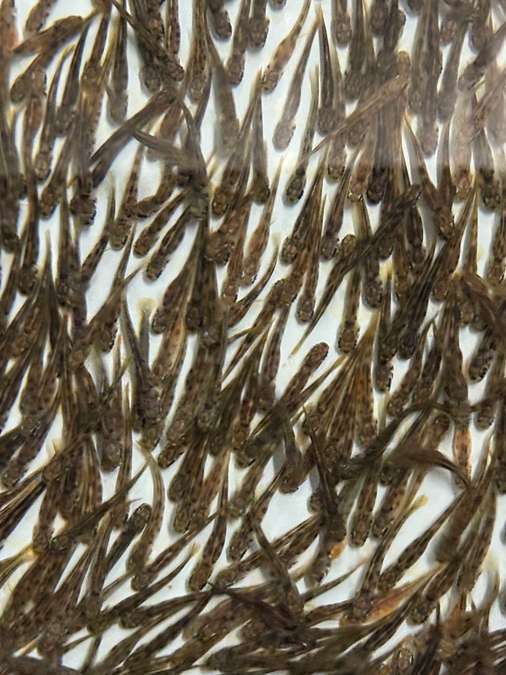Fry stockings targeted to get the best results for our rivers


As most anglers would be aware, trout populations in many Tasmanian inland waters throughout 2024 and into early 2025 were negatively impacted by a higher than usual populations of cormorants.
As part of our response to this issue, the Inland Fisheries Service (IFS) completed a series of back-pack electro-fishing surveys in rivers and creeks across the north-east, north-west and south of the State during January and February 2025. The results were compared to surveys at some of the same locations, following similar cormorant events in the past. The results of those surveys are summarised here.
In October 2025 the IFS completed a river stocking program to support the recovery of river trout populations. A total of 370,000 one-gram, wild brown trout fry (hatched out at the Salmon Ponds site and New Norfolk Hatchery) have been stocked into some of the most heavily impacted locations in the north-west and north-east of the State.
Stocking of the brown trout fry commenced in early September 2025. There were nine sites selected for the Mersey River catchment, receiving 180,000 fry. There were seven sites in the River Leven catchment receiving a total of 100,000. Three sites in the Meander River catchment, receiving a total of 30,000 fry, rounded out the north-west stockings.
In the north-east there was a total of 60,000 fry stocked - four sites in the Great Forester River catchment and one site on the Brid River catchment.
To give the fry the best chance of survival, the stocking sites with the best habitat were chosen – this was often a tributary of the main river.
The issue of cormorant predation is one that the Tasmanian trout fishery has endured before. History shows that the brown trout populations do recover, and these fry stockings will hopefully assist in speeding up this recovery, by complementing the natural recruitment in some of the most heavily impacted systems.